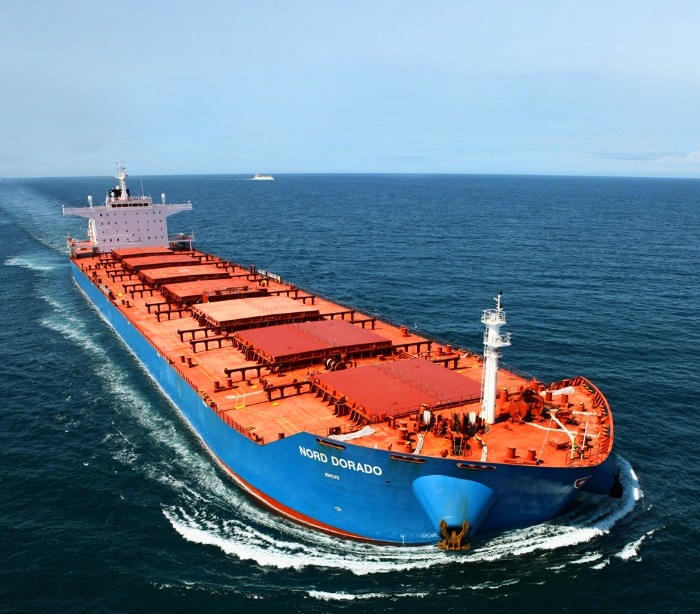Dry Bulk Market: Asia’s Coal Imports Offering Support

The dry bulk market is benefiting from the increase of seaborne coal trade in Asia, with China increasing its imports considerably during the course of the year. In its latest weekly report, shipbroker Intermodal said that “in recent weeks, Chinese economic data has suggested that the world’s second largest economy may be slowing this year and into 2024. Q3 GDP growth was 6.3% (vs. 7.3% expected), imports and exports fell in value by -7.98% and -13.9% respectively, while youth unemployment rose by 21.3%. All the data points to a slowdown in China, while the housing crisis is looming, the full impact of which is still unclear. If it materialises, trade in construction raw materials could be hampered, threatening iron ore volumes, China’s largest dry bulk import”.
According to Intermodal’s Research Analyst, Mr. Fotis Kanatas, “the second largest import by volume, coal, plays a significant role in China’s energy mix, accounting for 55%, and its use is likely to increase as more coal-fired power plants are built. Specifically, there are currently 243 gigawatts of coal-fired power plants under construction, while the output of such plants is expected to increase by between 23% and 33% compared to last year if all projects are completed. To put this into perspective, thermal power generation in China stood at 600b kilowatt-hours (kWh) in July, 2023, compared to 556billion kWh in the same period last year”.

Source: Intermodal
“Looking at China’s total dry bulk trade, coal accounted for 16% of dry bulk imports last year, while coal imports so far this year have risen to 21% of the total, suggesting strong interest in the fossil fuel. In addition, year to date imports for 2023 show that China has already imported 94% of the coal it imported last year, with four more months remaining, and the increased implied demand points to further shipments”, Mr. Kanatas said.
Intermodal’s analyst added that “Indonesia dominates China’s coal trade, accounting for 52% of imports. Of the other exporters, Australia accounts for 15%, following the lifting of the unofficial ban in Australia, while Russia accounts for 22%. The vast majority of coal trade between China and Indonesia is facilitated by Panamax and Supramax vessels, whose rates have shown stability in a declining market and are expected to rise further as Chinese coal demand increases”.

Source: Intermodal
“In conclusion, although the dry bulk market is currently looking for a clear direction, with China slowing in terms of growth, certain markets appear to be holding up at the moment. The coal market in Asia, and China in particular, is set to grow in terms of imports, as the commodity is essential to meet the growing demand for energy, supporting the freight market for medium sized vessels serving this specific trade”, Mr. Kanatas concluded.
Nikos Roussanoglou, Hellenic Shipping News Worldwide

